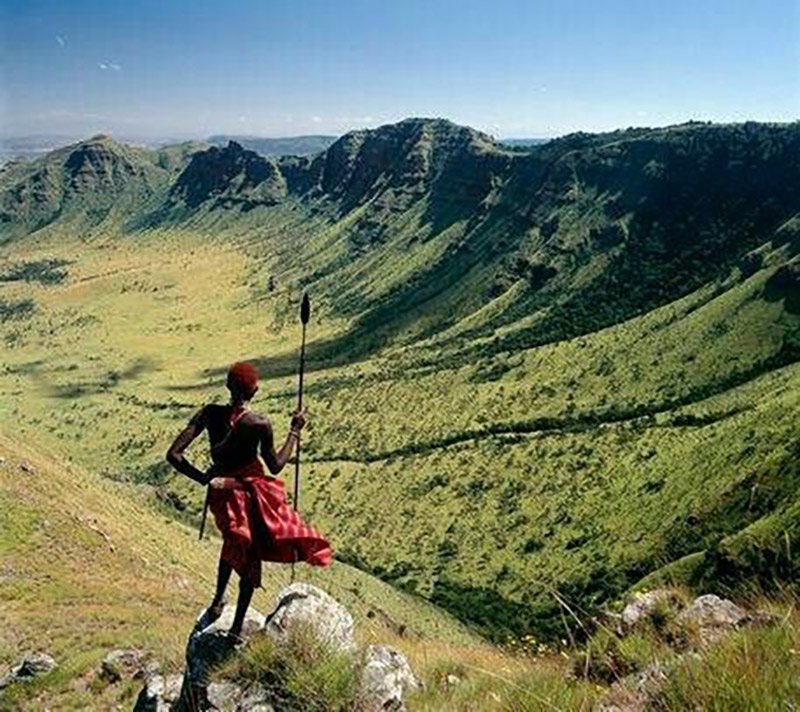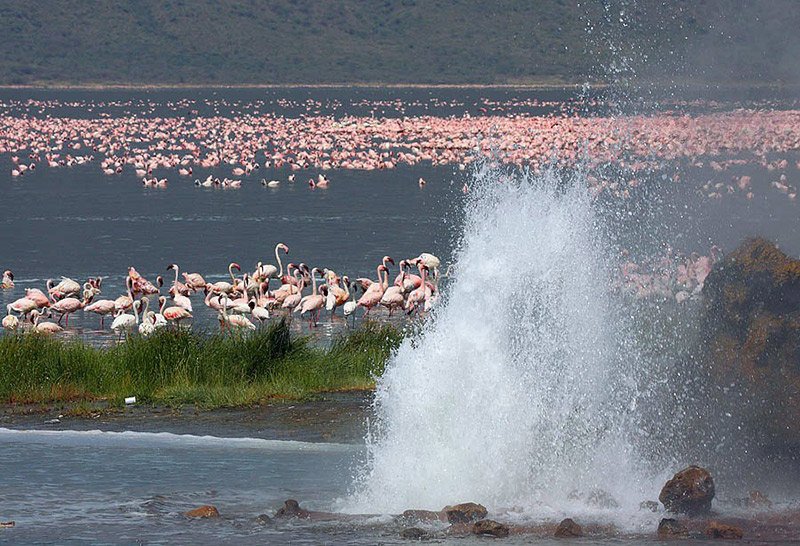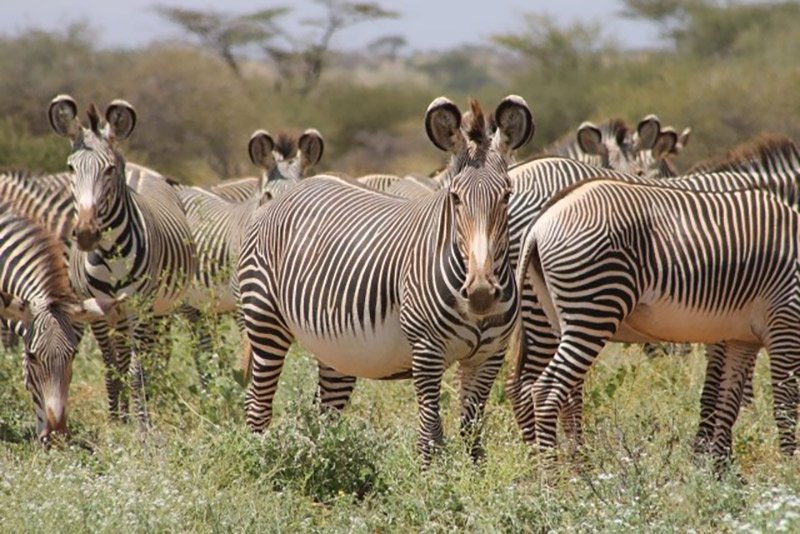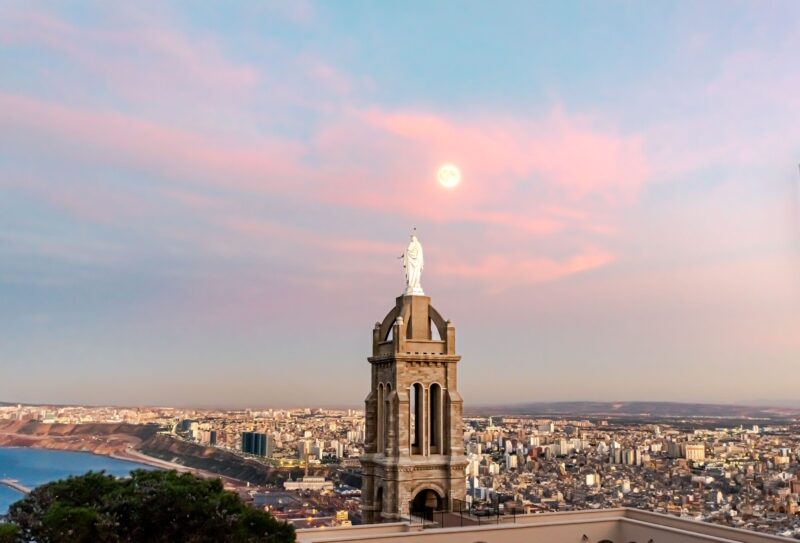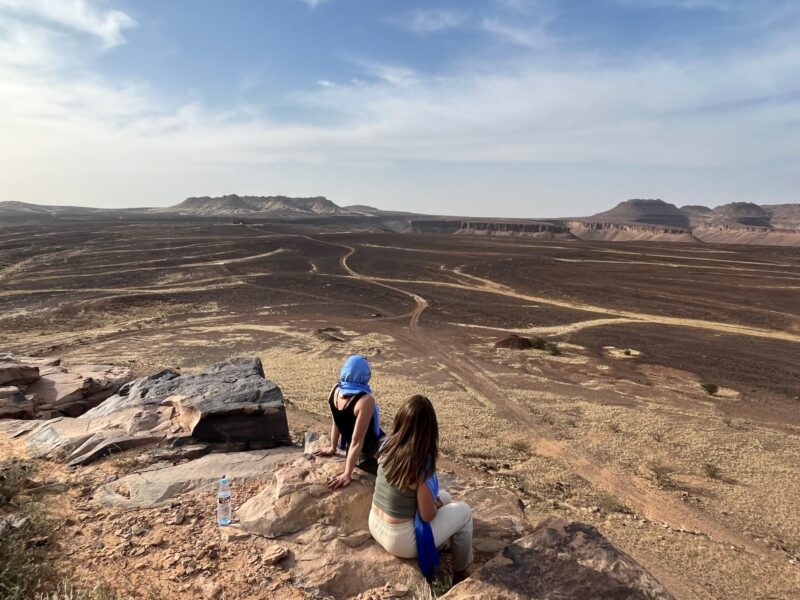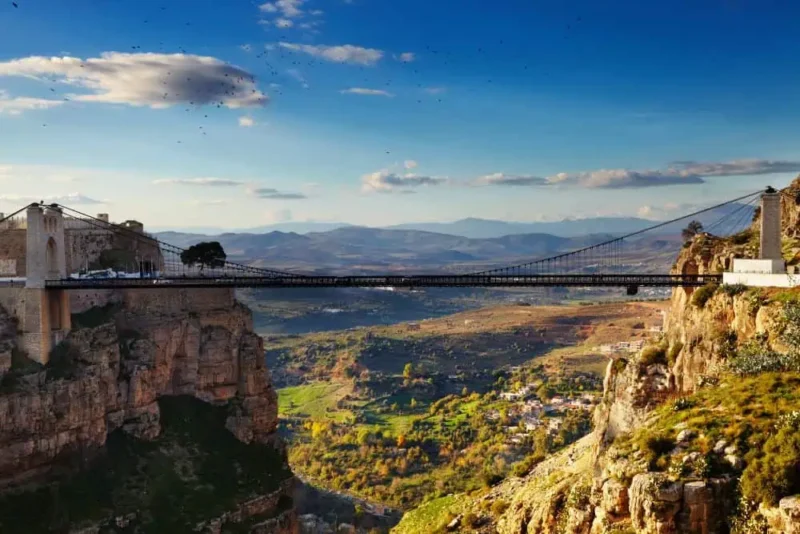| Tour Code | Start | End | Trip Status | Pricing Per person |
|---|---|---|---|---|
| KJS/010326 |
Mar 01, 2026
Sunday |
Mar 14, 2026
Saturday |
Guaranteed |
£5,495.00
Single Room Supplement: £320.00 |
| KJS/060926 |
Sep 06, 2026
Sunday |
Sep 19, 2026
Saturday |
Guaranteed |
£5,495.00
Single Room Supplement: £320.00 |
| KJS/280227 |
Feb 28, 2027
Sunday |
Mar 13, 2027
Saturday |
Guaranteed |
£5,495.00
Single Room Supplement: £320.00 |
| KJS/050927 |
Sep 05, 2027
Sunday |
Sep 18, 2027
Saturday |
Guaranteed |
£5,495.00
Single Room Supplement: £320.00 |
Jade Sea Explorer
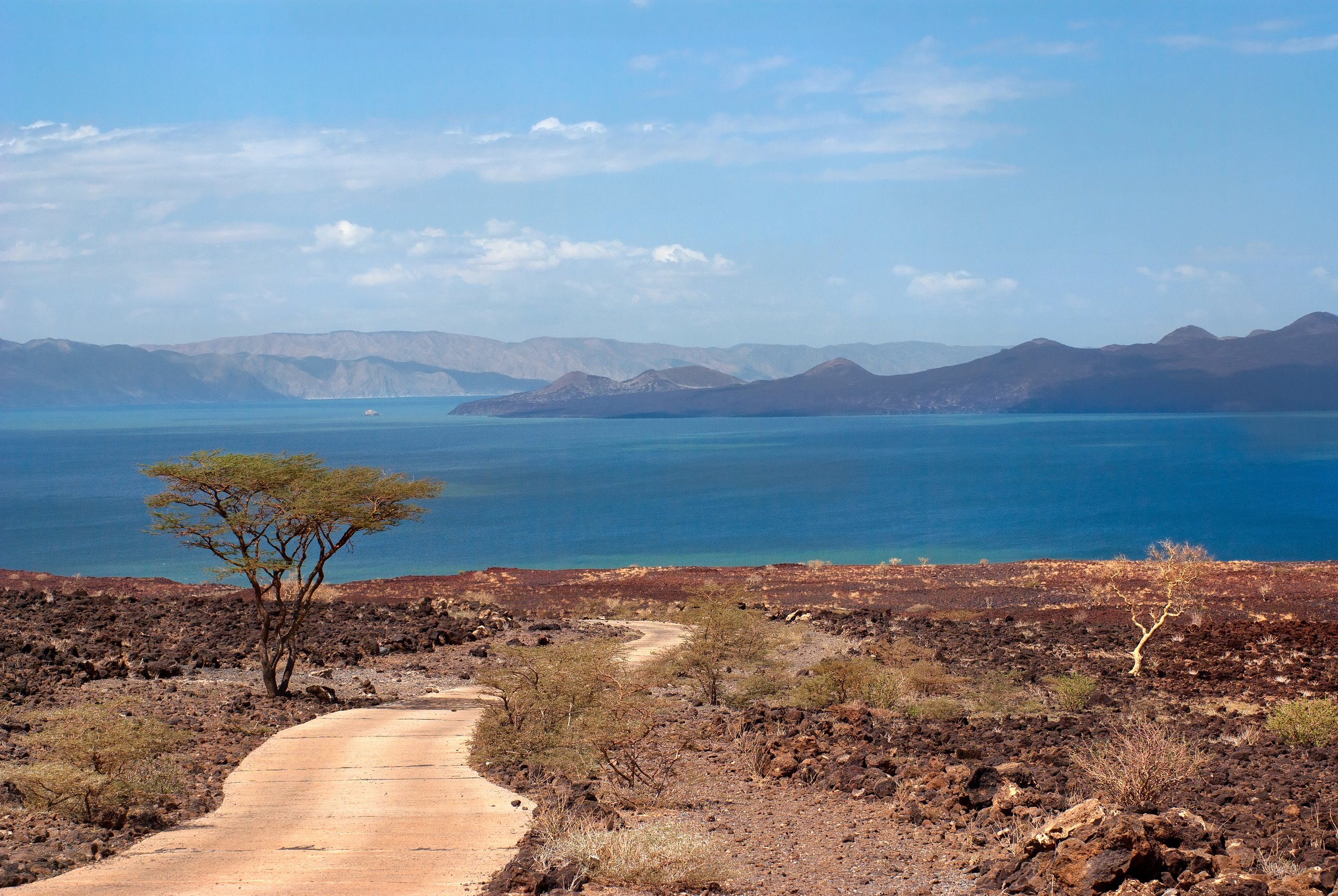
Kenya has long been one of the most established safari destinations in Africa, a country rich in wildlife that offers some of the best game viewing on the planet. What few people know is that the country is also incredibly diverse, both ethnically and geographically, with landscapes ranging from lush forest to searing desert. On this trip we venture to the little visited northern regions, an arid land home to a number of different ethnic groups including the Samburu, Gabbra, El Moro and Rendille, all of whom adhere to very traditional and unique ways of life. We explore the haunting Chalbi Desert, an ocean of volcanic sand where only the toughest species survive and continue to Sibiloi National Park and the mighty Lake Turkana, the largest desert lake in the world. Here we find the El Molo, who hunt the hippos and giant crocodiles with which they share their home. On our return south, we visit the stunning Rift Valley lakes with their superb wildlife. This tour offers travellers the chance to explore parts of Kenya which see very few visitors, giving a glimpse into ways of life that have not survived in most parts of the world.
Arrival and departure transfers
Overland transport throughout with professional driver
All accommodation
Services of English-speaking guide / tour leader
Meals as listed, B – Breakfast, L – Lunch, D – Dinner
Entrance fees for sites listed as part of the itinerary
International flights (, contact , us, for expert advice and a quote)
Any airport taxes
Travel Insurance
Visa
Drinks
Items of personal nature
Tips (Discretionary)
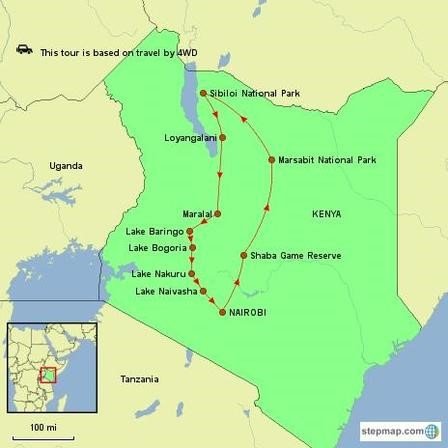
This 14-day journey through northern Kenya begins in Nairobi before heading into the wild landscapes of Samburu, Marsabit and the Chalbi Desert. Travellers will experience diverse cultures, from the colourful Samburu and Rendille to the rare El Molo tribe, while exploring dramatic natural settings such as the volcanic slopes of Marsabit, the semi desert plains of Samburu and the shimmering jade waters of Lake Turkana. Highlights include game drives in Samburu and Sibiloi National Parks, home to elephants, giraffes, lions, cheetahs and rare Grevy’s zebras, as well as visits to UNESCO heritage fossil sites and traditional tribal communities. The journey then winds south past Mount Nyiru and the market town of Maralal to the Rift Valley Lakes, Baringo, Bogoria, Nakuru and Naivasha, each renowned for their birdlife, flamingos and wildlife rich landscapes. Memorable moments include boat rides on Lake Naivasha, flamingo filled shores at Lake Bogoria, rhino tracking at Lake Nakuru and a visit to Joy Adamson’s Elsamere farmhouse. The tour concludes back in Nairobi, offering a rich blend of wildlife encounters, cultural immersion and Kenya’s most striking natural wonders.
Meet Kenya’s Most Remote Tribes
Encounter the traditional lifestyles of the Samburu, Rendille, Gabra, and El Molo tribes—each with distinct clothing, customs, and languages—offering rare cultural insights into nomadic life.
Explore the Untouched Wilds of Sibiloi National Park
Discover a UNESCO World Heritage Site famed for fossil finds, unique desert-adapted wildlife, and dramatic volcanic landscapes on the shores of Lake Turkana.
Witness the Surreal Beauty of Lake Turkana
Marvel at the ever-shifting jade hues of Africa’s largest desert lake, home to ancient tribes, Nile crocodiles, and hauntingly beautiful desert panoramas.
Game Drives in Samburu & Lake Nakuru
Spot rare wildlife like the Reticulated Giraffe and Grevy’s Zebra in Samburu, then seek out rhinos, lions, and thousands of flamingos in Nakuru’s vibrant game-rich sanctuary.
Birdwatching & Boating on Kenya’s Great Rift Lakes
Cruise across Lake Naivasha and explore the hot springs and flamingo-filled shores of Lake Bogoria—paradise for birders and nature lovers alike.
Download the Information Pack
To download the tour full dossier, which includes a complete day-by-day itinerary breakdown and detailed tour information, fill in the details below.

Foreign Office Travel Warnings Before booking your tour, please familiarise yourself with the country specific information provided by the UK’s Foreign, Commonwealth and Development Office (FCDO) – www.gov.uk/foreign-travel-advice. This includes important information such as latest immigration requirements, and details of any travel advisories. We constantly monitor the advice posted by the FCDO. In particular we will always advise clients of any travel warnings. At present there are no warnings against travel to the parts of Kenya that we visit on this tour. Please feel free to contact us should you have any specific concerns or would like to know in detail what measures are being taken to ensure visits remain trouble free and without incident. It should be noted that this information applies to British citizens. Other nationals are asked to check the current position of their respective government. Visa Information At the time of writing British, US and Australian nationals require a visa for a tourist visit to Algeria. For further details please visit the applicable website shown below. British Nationals – www.gov.uk/foreign-travel-advice US Nationals – travel.state.gov/content/travel/en/international-travel.html Australian Nationals – www.smartraveller.gov.au Other nationals should check the latest requirements with the authorities in their home country, or with the destination’s nearest embassy or consulate. Should you require any documentation to support a visa application, such as a letter of invitation, upon request this will be provided by Undiscovered Destinations after receipt of your balance payment. As it is the travellers’ responsibility to ensure that they meet all entry requirements it is essential that you check the rules and any other conditions at the time of booking and again when making your balance payment. In addition, we would strongly advise that you make a final check around two weeks before your arrival. This is important as requirements can change at short notice. Undiscovered Destinations, when possible, will provide guidance about entry rules, but in the first instance please contact the relevant authorities, including the applicable embassy or consulate for assistance. Passports It is your responsibility to ensure that you are in possession of a full passport, valid for at least six months after the date of return to your country. We strongly advise that your passport contains a minimum of two blank pages, as this may be a requirement of the local immigration authorities. In addition, certain countries will stipulate that the two blank pages are opposite each other. If you are unable to meet these requirements, you may be refused boarding by your airline or denied entry by the immigration authorities. For specific information about the requirements for your destination please check with the country’s embassy or consulate. Alternatively, UK citizens can visit www.gov.uk/foreign-travel-advice. Vaccinations & Protection As with travel to most parts of Africa, we strongly recommend that you contact your doctor’s surgery or a specialist travel clinic for up-to-date information, advice, and the necessary vaccinations. For a visit of less than one month, almost certainly you will be advised to have immunisations against the following: Diphtheria and Tetanus, Hepatitis A, Typhoid, Meningitis. The use of a DEET-containing insect repellent is highly recommended. The legal status and regulation of some medicines prescribed or purchased in your home country can be different in other countries. If you’re travelling with prescription or over-the-counter medicine, read this guidance from NaTHNaC on best practice when travelling with medicines. For further information on the legal status of a specific medicine, you’ll need to contact the embassy, high commission or consulate of the country or territory you’re travelling to. Travel Insurance It is a condition of booking with Undiscovered Destinations that you have adequate valid travel insurance. It is your responsibility to arrange appropriate travel insurance and ensure you have read and understood the full terms and conditions of your travel insurance policy to ensure that you are covered for all activities you intend to undertake whilst on the tour, including all optional activities. Your Insurance Policy must fully cover you for medical expenses (including cover for Covid-19 conditions) and emergency repatriation to your home country and be valid for the entire duration of your holiday. Local Conditions When travelling to our destinations, many of which are underdeveloped and untouristed by mainstream tourism, a good deal of patience and a sense of humour is an important attribute. This will help you to cope with problems such as ageing or poor infrastructure and when maintenance may not be as high as we would always like. The choice of appropriate accommodation in some towns and cities (particularly the smaller places) can be limited, and standards of both service and maintenance can be less than polished. Guides and other service providers in some of our destinations do not always have the decades of collective practice and experience that their counterparts in more developed countries can draw upon. Although we will always try and resolve any issues as quickly as possible, on occasions there may be some shortcomings which no matter how hard we try will be unavoidable.
